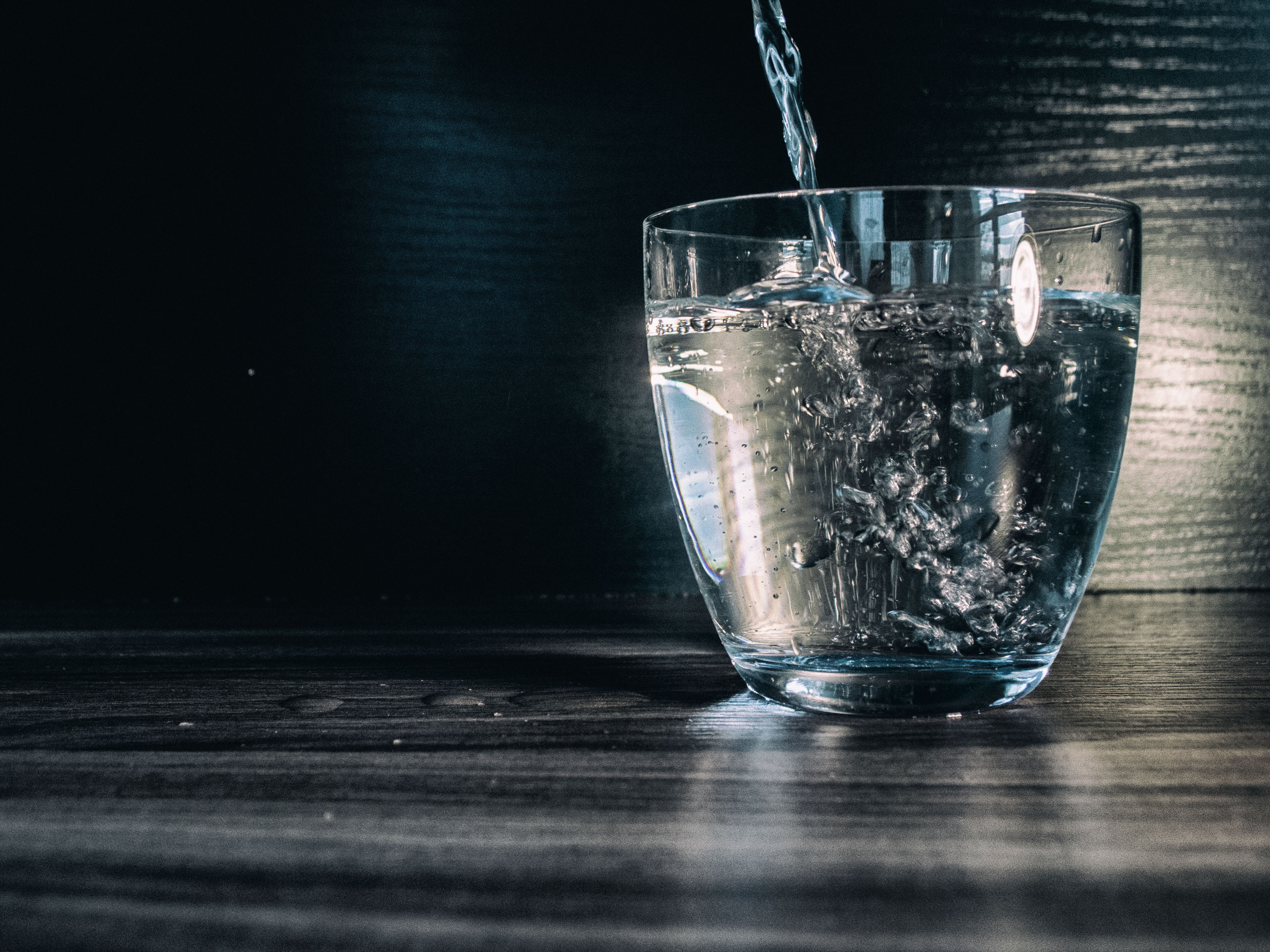Today, the EPA announced that it will not set a water standard for perchlorate, an industrial chemical that contaminates the drinking water of millions of people in the United States and impacts infant brain development.
Thanks to the tireless work of advocates, the EPA spent the past 10 years studying the impact of perchlorate exposure and carefully tallying the toll of perchlorate exposure on the fetal brain. Much like lead, perchlorate exposure during pregnancy can permanently affect a kid’s attention, intelligence, and behavior. So why isn’t the agency taking action?
EPA’s draft policy states, “The regulation of perchlorate does not present a meaningful opportunity for health risk reduction for persons served by public water systems.” But we at the Sierra Club see this as part of its systematic effort to weaken environmental standards. The issue is particularly distressing because it harms our most vulnerable group, infants.
For me, it is also personal.
In 2006, I sent samples of my breast milk and my infant son’s urine to researchers at Texas Tech University. The results shocked me. Even though I didn’t have any detectable perchlorate in my drinking water, the researchers found that I had among the highest levels of perchlorate and the lowest levels of iodine in my milk of any women in the study. The study measured both, because perchlorate can inhibit the body’s uptake of iodine, potentially blocking the thyroid gland’s production of essential hormones.
I learned that I had been inadvertently feeding my son a bad combination of too much perchlorate and too little iodine. He was not alone, either: Three-quarters of the children studied had perchlorate exposures above what was then the EPA’s guideline.
The study was published in 2008, and added more weight to the growing evidence that many adult women and breastfed infants have high perchlorate exposures just from their diets, even without drinking contaminated water. Also, the typical American diet doesn’t include enough iodine, particularly for people who are pregnant or nursing.
After learning my test results, I switched to a multivitamin that included iodine and started to purchase iodized salt. Even though it was too late to prevent my first child’s exposure to perchlorate, I was heartened to learn about a way I could limit the impact of perchlorate on my own body and for future pregnancies. But these individual efforts aren’t enough -- the information about how to protect yourself and your child won’t reach everyone who needs it, and individual actions are incomplete and place the responsibility to prevent harm on parents, especially mothers, instead of our government.
Reducing the amount of perchlorate in tap water is the most direct way to protect infants from the long-term harm it can cause to brain and motor development. EPA research over the past decade has presented abundant evidence that a stricter water standard will protect kids.
Thirteen years later, my sweet firstborn is a teenager, and at 5’8 he towers over me. While we are well past the age of lost sleep and adorably tiny pajamas, I remain committed to making sure all of our families are protected from harmful water contamination. I hope you’ll join me in that effort.
Read our original blog post here.
